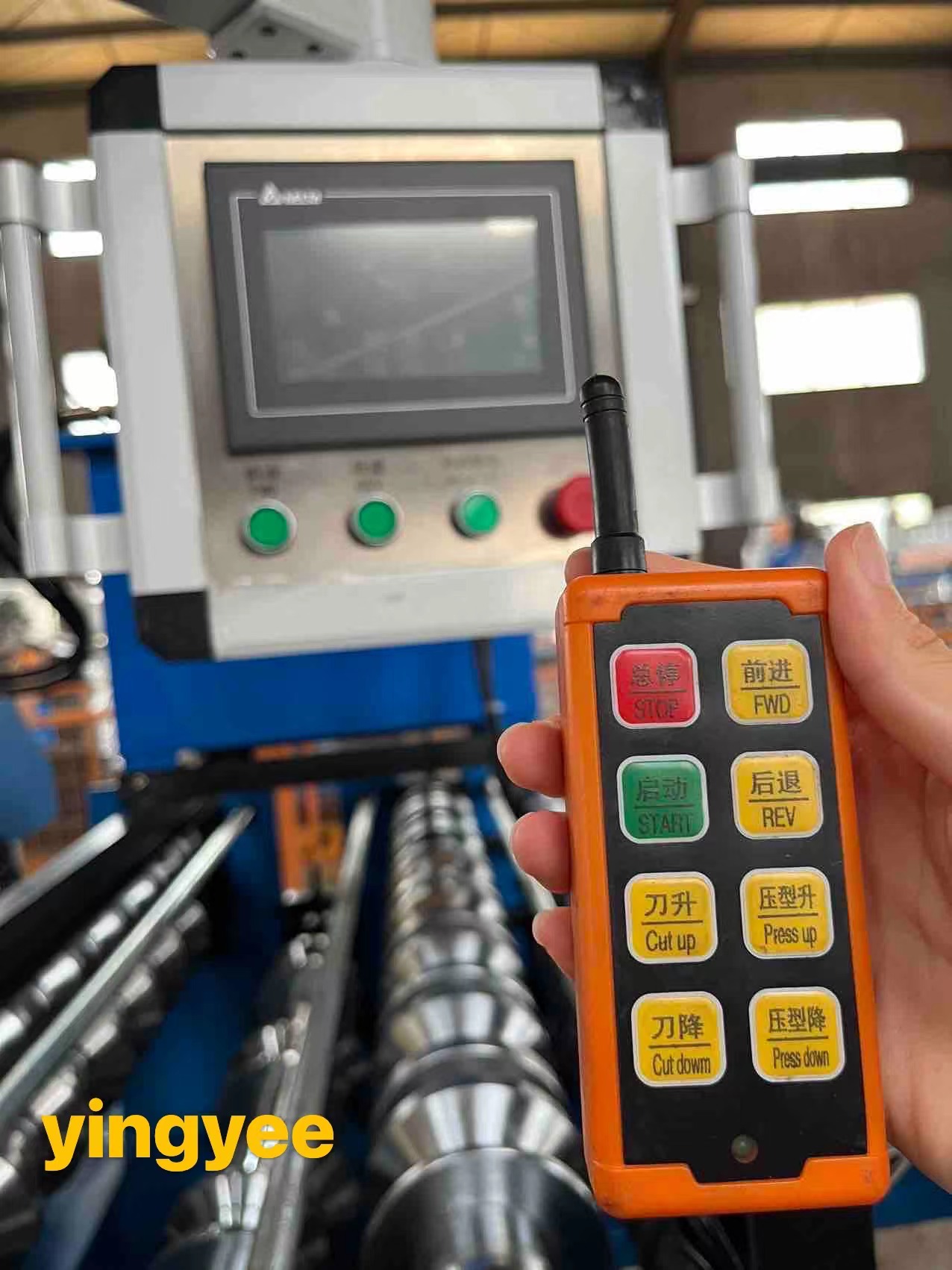
Electric Junction Cabinet Production Line Streamlining Efficiency and Quality
In the modern industrial landscape, the production of electric junction cabinets plays a crucial role in the management and distribution of electrical power. As the demand for efficient power management solutions continues to grow, the optimization of the production line for electric junction cabinets has become essential for manufacturers looking to enhance productivity and maintain high-quality standards.
Understanding Electric Junction Cabinets
Electric junction cabinets are integral components in electrical installations, serving as protective enclosures for junction points in electrical systems. Their primary functions include housing electrical connections, providing safety from electrical hazards, and facilitating the neat organization of wiring. As such, the quality and reliability of these cabinets are critical in ensuring the safety and efficiency of electrical systems across various applications, including industrial plants, commercial buildings, and infrastructure projects.
The Importance of an Efficient Production Line
An effective production line is paramount in meeting the increasing demand for electric junction cabinets while minimizing costs and lead times. The production line must be designed to integrate various processes such as metal fabrication, assembly, finishing, and quality control in a seamless flow. By streamlining these processes, manufacturers can significantly enhance efficiency and reduce the likelihood of production delays or defects.
Key Components of the Production Line

1. Metal Fabrication The first step in the production line involves cutting and shaping metal sheets to form the basic structure of the junction cabinet. Advanced CNC (Computer Numerical Control) machines are often employed to ensure precision and reduce waste. Automated laser cutting and punching technology can enhance the speed and accuracy of this phase.
2. Welding and Assembly Following fabrication, the metal components undergo welding to create a sturdy enclosure. Automated welding processes, including MIG and TIG welding, contribute to stronger joints and faster production times. After welding, the assembly phase consists of adding internal components, such as busbars, terminal blocks, and cable entry glands, which are crucial for the functionality of the cabinet.
3. Surface Treatment To ensure durability and aesthetics, the cabinets undergo surface treatment processes such as powder coating or painting. These treatments not only improve the appearance but also protect the cabinets from corrosion and environmental factors, extending their lifespan.
4. Quality Control Quality assurance is a vital part of the production line. Rigorous inspections are conducted at various stages to ensure that each cabinet meets international safety and performance standards. Tests for electrical insulation, thermal resistance, and structural integrity are conducted to guarantee that the final product is reliable.
5. Packaging and Shipping Once production is completed, the cabinets are carefully packaged to prevent damage during transportation. Efficient logistics are essential, enabling manufacturers to deliver high-quality products promptly to clients while maintaining competitive pricing.
Conclusion
The electric junction cabinet production line is a complex, multifaceted system that requires careful planning and execution. By integrating advanced manufacturing technologies and adhering to strict quality control measures, manufacturers can produce reliable and durable electric junction cabinets that meet the demands of an evolving market. As industries increasingly prioritize energy efficiency and safety, the role of optimized production lines will continue to grow in significance, driving innovation and excellence in electrical infrastructure. In this way, the advancement of production technologies significantly contributes to better performance and reliability in electrical systems worldwide.